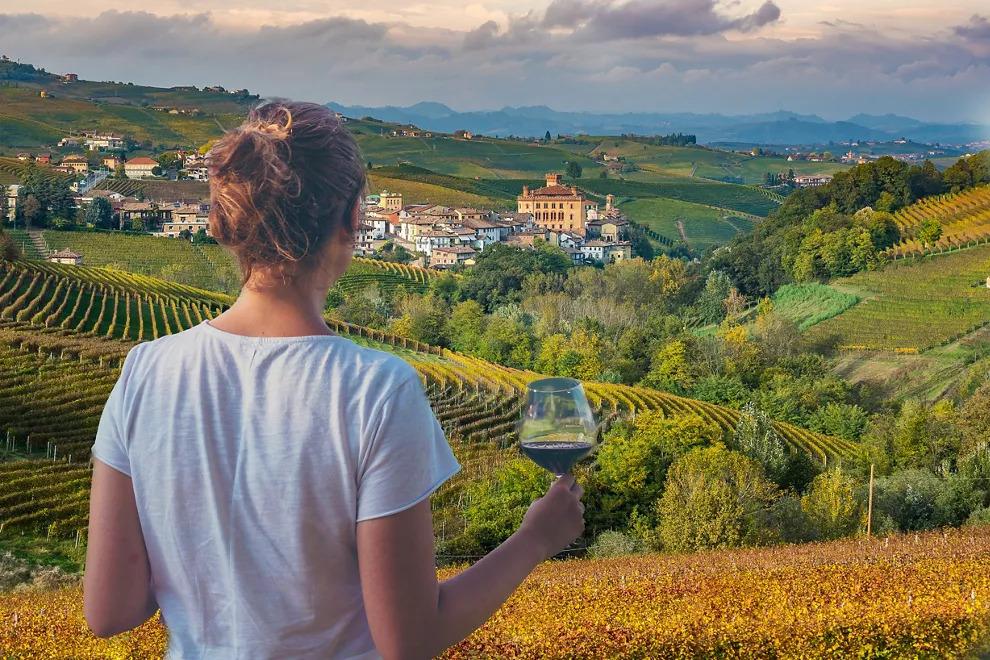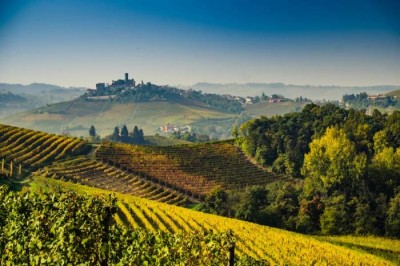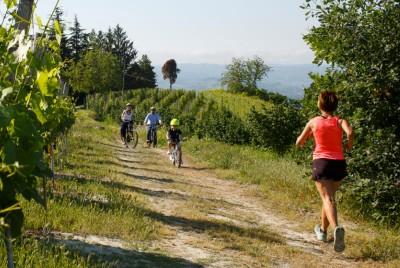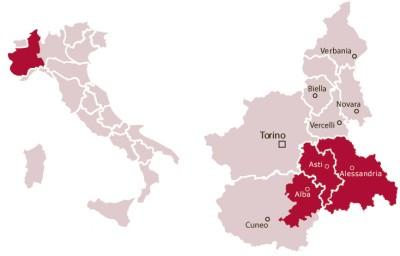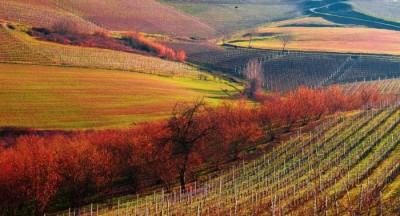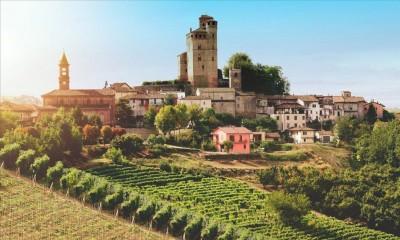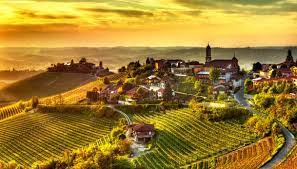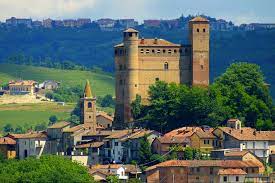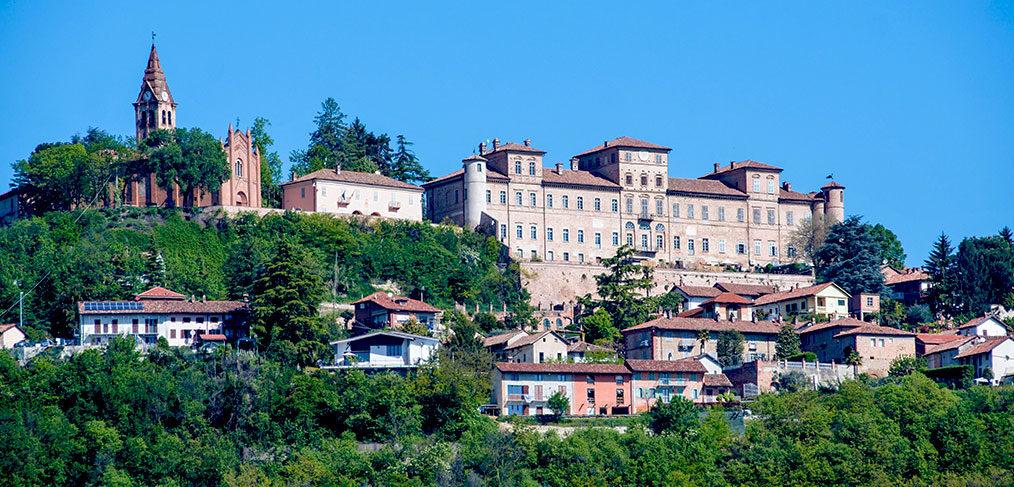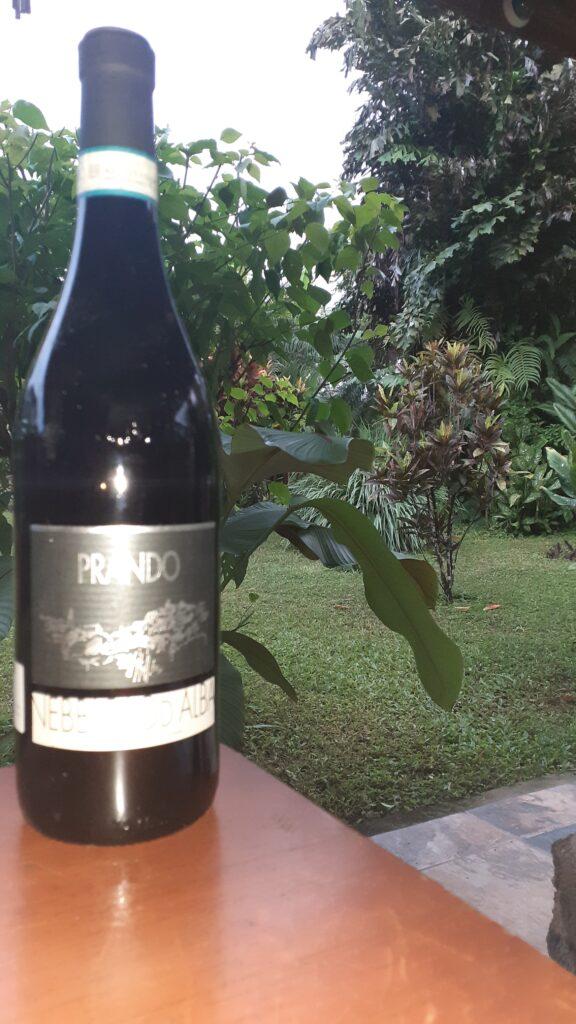🍇The Soul of Northern Italian Red Wines 🇮🇹
When it comes to iconic Italian red wines, few grape varieties are as important and distinctive as Corvina. Grown primarily in the Veneto region of Northern Italy, Corvina is the backbone of some of Italy’s most cherished wines, including Valpolicella, Ripasso, and the prestigious Amarone della Valpolicella.
In this article, we’ll explore the origin of Corvina grapes, the types of wines produced from Corvina, and the unique territories where it thrives—plus key information for wine lovers and wine tourists.
🌿 What Are Corvina Grapes?
Corvina Veronese, often simply called Corvina, is a native Italian red grape variety best known for its bright acidity, red cherry flavors, and subtle almond notes. It has naturally high tannins and is typically used as part of a blend, although single-varietal Corvina wines are gaining popularity for their elegance and aging potential.
🗺️ Where Corvina Grapes Are Grown
Corvina is cultivated almost exclusively in Veneto, in the hills of Valpolicella, near Verona, between Lake Garda and the Lessini Mountains. This region’s mild climate, limestone-rich soils, and cool alpine breezes create the perfect environment for high-quality Corvina grapes.
Key growing zones include:
- Valpolicella Classica: The historic heartland, known for the most traditional expressions of Corvina wines.
- Valpantena: A rising star region east of Verona, producing refined and expressive wines.
- Valpolicella Superiore: Denotes higher alcohol and longer aging.
🍇 Corvina: A Noble Grape Worth Discovering
Whether you’re sipping a refreshing Valpolicella Classico, savoring a robust Amarone, or exploring a modern Corvina single-varietal, this versatile grape offers a true taste of Italian heritage.
✨ Quick Facts:
- 📍 Grown in: Veneto, Italy (Valpolicella region)
- 🍷 Wines: Valpolicella, Ripasso, Amarone, Recioto
- 🌱 Style: High-acid, red fruit, aging potential
- 🍴 Food Pairing: Pasta with ragu, aged cheeses, grilled meats

🍷 Wines Made from Corvina Grapes
Corvina is the key player in a family of red wines that range from light and fruity to rich and complex:
1. Valpolicella DOC
A light to medium-bodied red wine with fresh cherry, plum, and herbal notes—perfect for everyday drinking. Usually a blend of Corvina, Rondinella, and Molinara.
2. Valpolicella Ripasso
This “baby Amarone” uses the pomace from Amarone to “repass” the Valpolicella wine, adding depth, richness, and a hint of dried fruit.
3. Amarone della Valpolicella DOCG
A prestigious, full-bodied wine made from partially dried Corvina grapes (using the appassimento method), producing complex notes of raisins, fig, dark chocolate, and spices. Aged in oak and built to age.
SEO key-phrases: Amarone wine Corvina, appassimento wines Italy, luxury Italian red wines
4. Recioto della Valpolicella
A rare sweet red wine made with the same dried grapes as Amarone but fermented to preserve natural sugars. Rich and velvety.
Ready to Taste Corvina?
Explore Italy’s finest red wine experiences with a visit to the Corvina vineyards in Veneto—or you can try it at the Italian Restaurant @DolceUvita or pick up a bottle from Gastronomico wine shop and experience the magic at home.
🍷 From vineyard to glass, Corvina is Italy’s red wine secret waiting to be explored.


